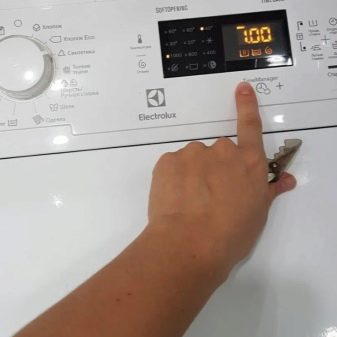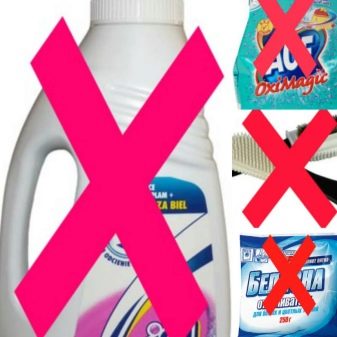All about alova fabric
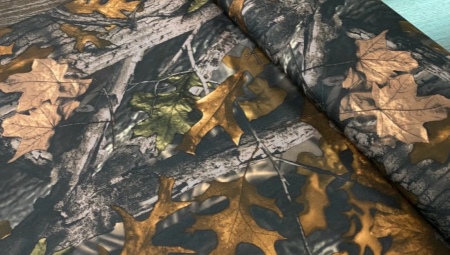
Alova is a smart membrane fabric made from polyester fibers. The material is thin, but clothes made of it reliably protect a person from cold, wind and rain. From the article you will learn about the features of this fabric, the intricacies of its production, areas of use and other useful information.
What it is?
Alova is a multilayer membrane fabric based on synthetic fibers, which is impregnated with a water-repellent compound. The material is thin but dense. Depending on the purpose of the fabric, the density indicators vary from 180 to 270 g / m2. The canvas can be either plain or with a camouflage print, or with a printed pattern.
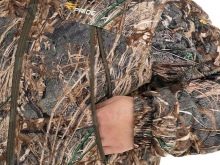
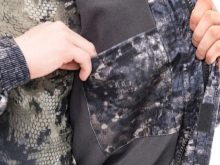
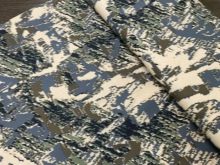
The membrane material consists of 2 or 3 layers.
- External. This is a protective layer that protects against moisture penetration. For its manufacture, synthetic knitwear, umbrella fabric, raincoat fabric and other materials with similar characteristics are used.
- Interior. It is represented by a canvas with membranes that endow the material with heat-insulating qualities, but weak vapor permeability.
- The last layer is fleece. It happens in fabrics that are used for the production of insulated things.
The material is highly waterproof, its indicator is 8000 mm / cm2. It will protect a person from getting wet in heavy rain. The ability of aloa clothing to wick moisture is 1000 g / m2. This number increases when items are equipped with zippers and additional ventilation holes.
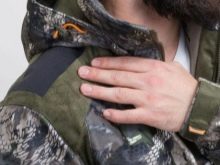
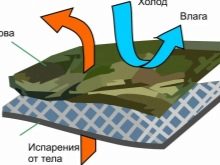
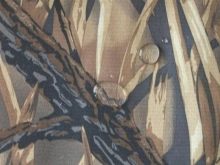
Origin story
For the first time, alova began to be made in China - this is a high-quality analogue of European fabrics with membranes, which have been produced for more than 50 years. Alova began to be released relatively recently - in the early 2000s.
Initially, it was a military development - the material was made specifically for sewing camouflage uniforms. Over time, the scope of this fabric has been significantly expanded due to its affordable price and a number of significant advantages.
For example: on average, the cost of a running meter of fabric varies from 200 to 400 rubles, while the price of a softshell material of a similar quality reaches 1000 rubles.
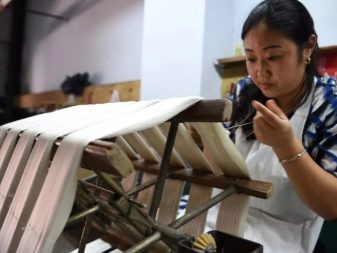
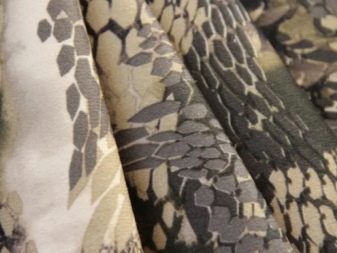
Features of production
All fabric layers are made from 100% polyester. For the production of membranes, polymers are used. They are porous and non-porous. They are produced by the following methods:
- molding using a heated polymer composition;
- sintering of fibers;
- by stretching or etching solid films.
For "adhesion" of 2 layers of the web, the film is preheated to the optimum temperature, after which it is applied to the fabric base and exposed to high pressure. Thanks to this technology, the layers of the material are reliably bonded to each other - the risks of their delamination are minimal.
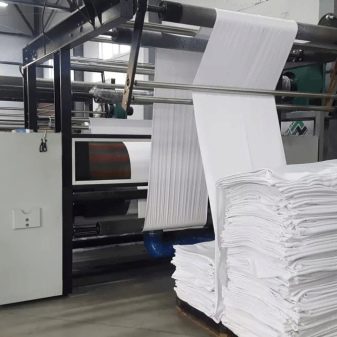

Advantages and disadvantages
The developers of alova thought over every little thing, thanks to which they obtained a high-quality synthetic material with a significant set of advantages.
- Aesthetic appearance and rich color palette. Alova clothes look stylish and laconic, they can be worn on going out in inclement weather.
- Velvety texture. Unlike tarpaulin and oilcloth fabrics, alova will give a pleasant tactile sensation. The material is soft, it will not chafe or irritate the skin.
- Silence. Membrane fabric, when rubbed, does not emit squeaks, noises and other sounds, even when worn in cold weather.
- Reliable protection of a person from adverse weather, atmospheric precipitation, bites of blood-sucking insects.
- Resistance to negative temperatures. When frozen, the material does not tan or crack.
- Antistatic properties. Alova is not electrified. Thanks to this feature, the fabric does not attract dust and small particles of debris.
- Hygienic qualities. Pathogenic microorganisms will not start in the inner fibers of the tissue.
- Durability and dimensional stability. Products are not deformed even after repeated washing. Subject to the rules of care, they will last 3-5 seasons.
- Hypoallergenic. Allergy sufferers and asthmatics can wear scarlet clothes without fear.
The main disadvantage of things made of membrane fabric is its weak vapor permeability. When you are in scarlet clothes for a long time or during increased loads, moisture accumulates under the membranes. Some consumers complain about the difficult care of products made from membrane sheets.
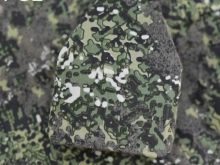

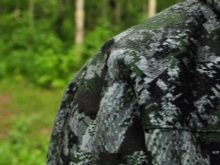
Application
Clothes are made of alova, which are primarily intended for those who like hunting, fishing, tourism, active recreation and extreme sports.
The scope of the material is extensive.
- Overalls. Suits, overalls, hiking windbreakers and pea jackets are sewn from scarlet.
- Equipment items. Camping tents, sleeping bags, hiking backpacks are made of membrane material. Due to its ability to retain water on the surface, the fabric provides a pleasant microclimate for the person inside the tent or sleeping gear.
- Outerwear for children. Outdoor sets and overalls made of scarlet are comfortable to wear and practical: it is easy to remove dirt from their top layer with a damp cloth. Such things will keep the baby warm and protect him from the rain.
- Furniture covers.
Clothing made of membrane scarlet is suitable for admirers of military style and lovers of things with military camouflage colors.
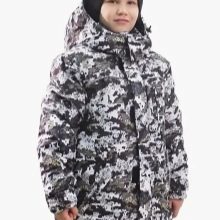
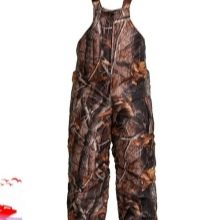

Care
Scarlet clothing is dirt-repellent, but it needs to be washed periodically. Things should not be soaked. They can be washed by hand or in an automatic machine in a delicate mode with a water temperature of up to 40 degrees.
In order not to damage the material, it is necessary to use products intended for the care of membrane fabrics. To save money, you can replace it with liquid soap or gel. Products with a mild composition are suitable, without chemically aggressive ingredients and abrasives. Regular powders are not suitable for washing scarlet. The fact is that they are poorly washed out and over time clog the pores of the fabric, which leads to a deterioration in the operational properties of the clothing.
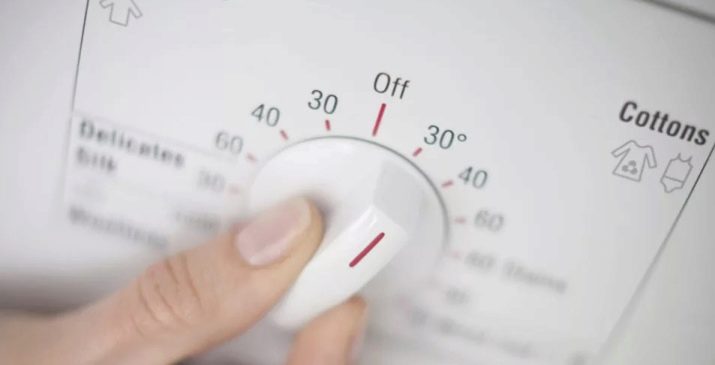
Other rules of care:
- do not bleach the material, use chlorine-containing stain removers;
- to completely wash out the product from the fibers of the fabric, it is recommended to thoroughly rinse the washed items (at least 3-4 times when washing by hand);
- you can not twist clothes, the water must drain on its own;
- let's say a delicate machine spin (no more than 10 minutes at low speeds);
- you cannot iron things at high temperature conditions and use a steamer (you can iron things in extreme cases from the front side at a temperature of 100-110 degrees);
- optimal drying in well-ventilated rooms away from heating equipment.
Store clothes in a dark, dry place on a hanger or folded on a shelf. Compliance with the rules of care is a guarantee of the long-term preservation of the external presentability of the products and the properties declared by the manufacturer.
